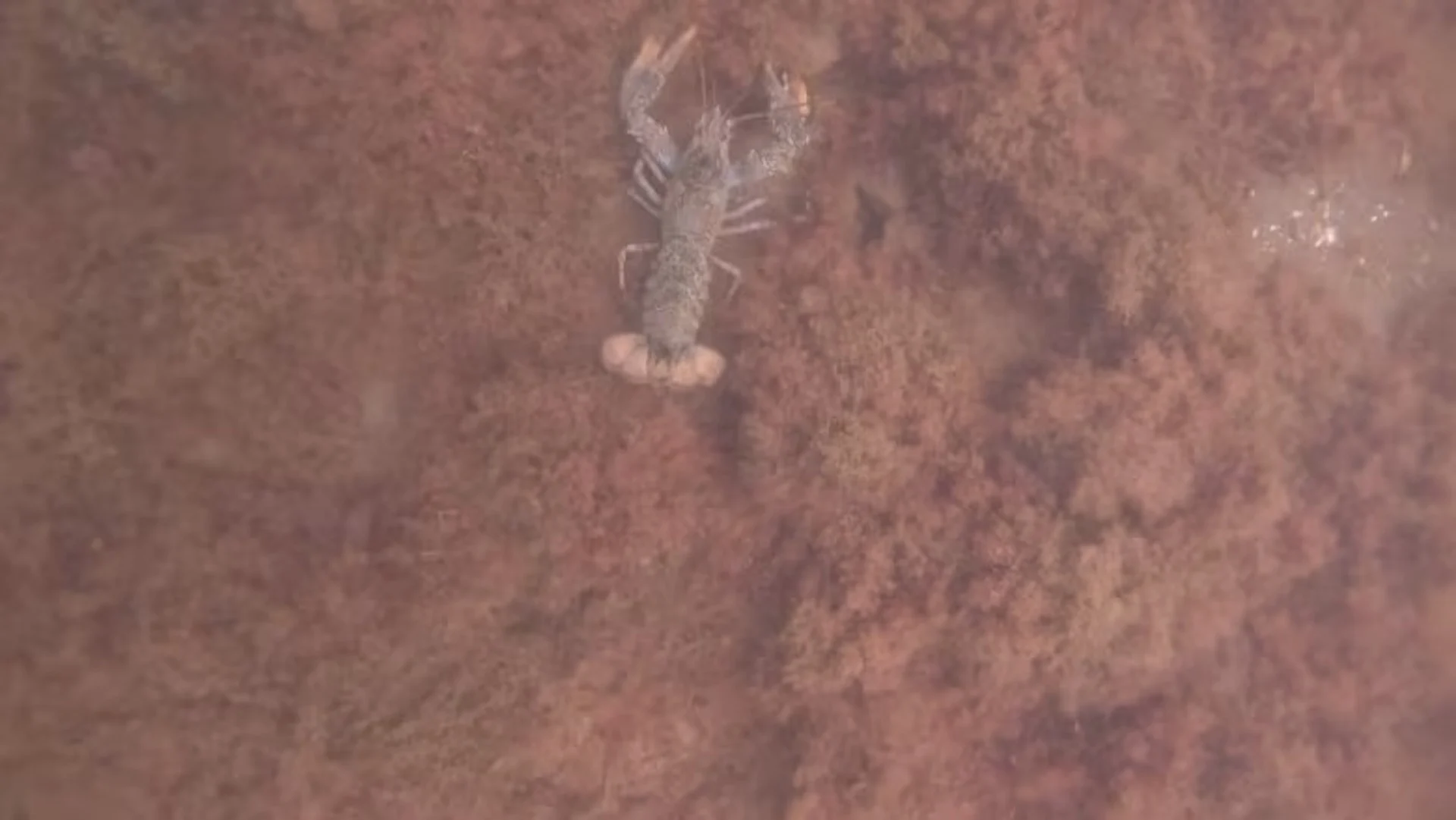
Artificial reef in Shediac Bay creates thriving habitat for marine life
Australia may have the Great Barrier Reef but Shediac Bay has one, too, only it's artificial, and researchers say it's doing exactly what a natural reef does: providing shelter for lobsters and other marine life.
And this summer, for the first time since it was installed, a team of divers and researchers went down to check on the reef to get a closer look at how it's evolved over the past 10 years.
In 2012, biologists and technicians from Homarus Inc., the research branch of the Maritime Fishermen's Union, used 792 concrete blocks to create the reef, more than two kilometres off the coast of Cap Bimet, in southeastern N.B. It measures about 3024 square metres.
"We put them there to create habitat for species," said Pierre Dupuis, director of Homarus.
SEE ALSO: Ocean temperatures around South Florida hit hot-tub levels
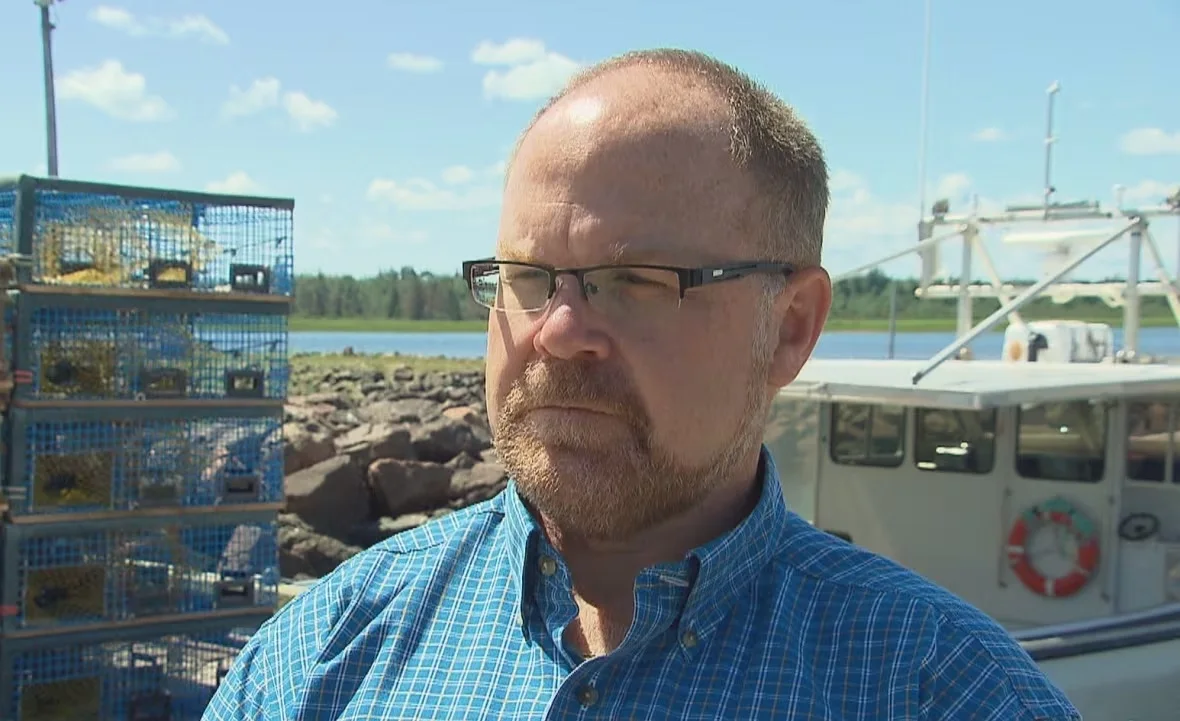
Pierre Dupuis, director of Homarus Inc., said artificial reefs can be used to enhance the bottom of the seabed after damage caused by a storm. (Ian Bonnell/CBC)
Dupuis said artificial reefs can be used to enhance the bottom of the seabed that's been damaged by storms, to bring it back to its natural state, or they can be used to offset the destruction of a habitat caused as a result of repair work done to culverts or bridges.
"Basically, if you have a destruction of an area, you need to offset that destruction of habitat."
He said biologists would expect to see lobsters, rock crab, cunners — also known as blue perch — and sea vegetation, if an artificial reef is successful.
"It's really a coastal reef ... for multi-species, not just for lobsters," he said.
The dive was at the request of local fishermen who are considering installing more artificial reefs in the area.
"The fisherman here want to invest in enhancing certain areas for the better, greater good of the whole population of fish, in particular lobster," said Dupuis.
"We'll go see if there's lobster underneath or rock crab," he said. "If it's been dug around, that means it's being used. So, that's a good thing."

The blocks used to build the artificial reef in Shediac Bay imitate large boulders and other rocks that create a functional habitat for lobster, fish, anemones and starfish. (Homarus Inc./Maritime Fishermen's Union)
Meghan Fraser is a research technician with Homarus, and a member of the dive team that went to check on the reef.
She said an artificial reef is like "adding fake rocks," she said. The cement blocks imitate large boulders and other rocks that create a functional habitat for lobster, fish, anemones and starfish.
It mimics the natural ecosystem to enhance what is already there and make it more usable for marine life.
Fraser said their dive to the site was about six metres deep.
"A reef that is in shallower water may be more successful or effective than a reef in deeper water," she said.
Fraser said these reefs need a hard bottom that has plenty of rocks and pebbles. If there is too much silt or sand, the concrete blocks can sink and get buried, which makes them no longer usable for marine life.
What they saw on this dive was an example of a "seamless" artificial reef, she said.
They found a lot of lobster, small fish and algal growth. "None of the reefs were sunken in the sediment," she said.
"They were all really blended in with the environment. So it was kind of like it was never artificial."
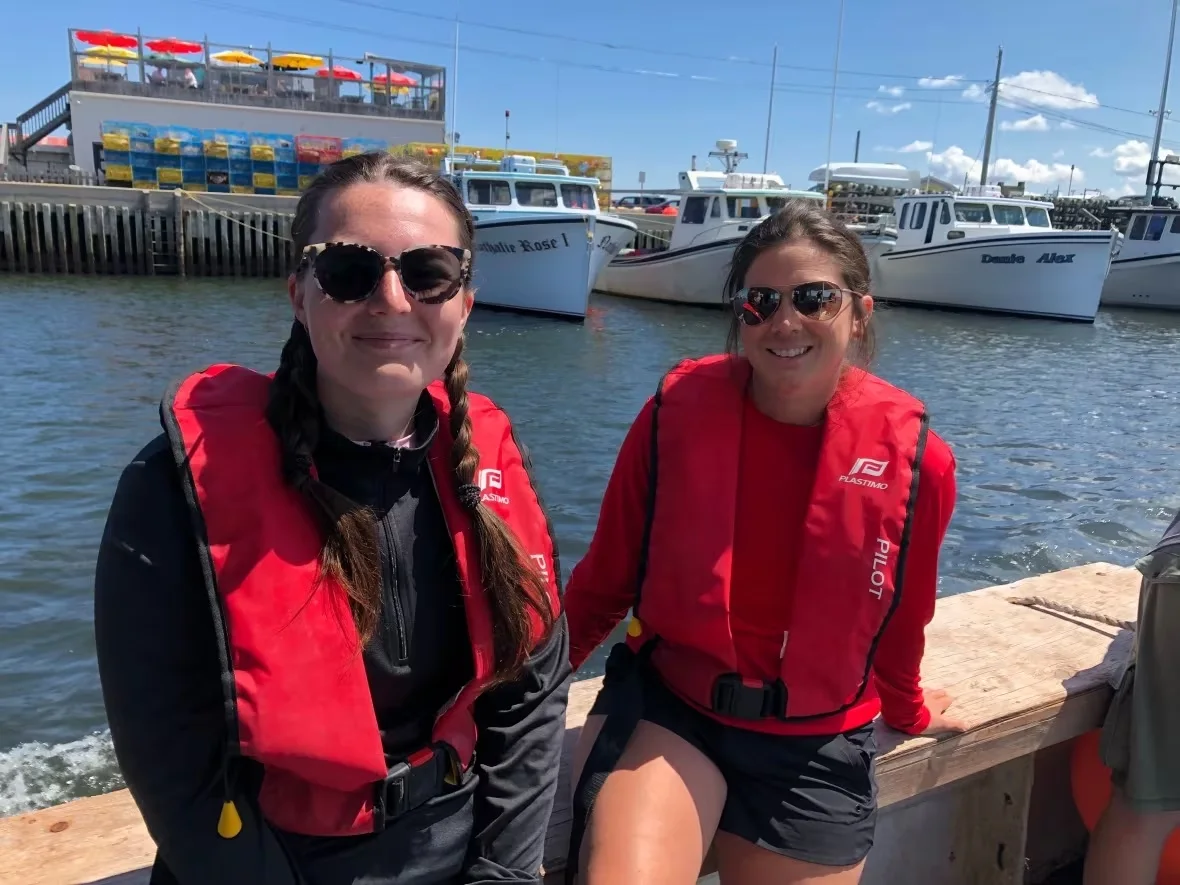
Members of the Homarus Inc. dive team: Meghan Fraser and Cindy Laplante. (Submitted by Homarus Inc./Maritime Fishermen's Union)
They use a camera to gather data and record the marine life they see. For dives that are deeper, Homarus uses an underwater drone that can go tens of metres below the surface.
Dupuis said there is one other artificial reef in southeastern New Brunswick, near Cocagne Island in the Northumberland Strait, and there are more off the coast of Shippagan in the northern part of the province.
"It's starting to pick up the pace," he said.
Dupuis said lobster fishermen are considering investing in more projects in the Shediac area because "a healthy artificial reef is to their advantage."
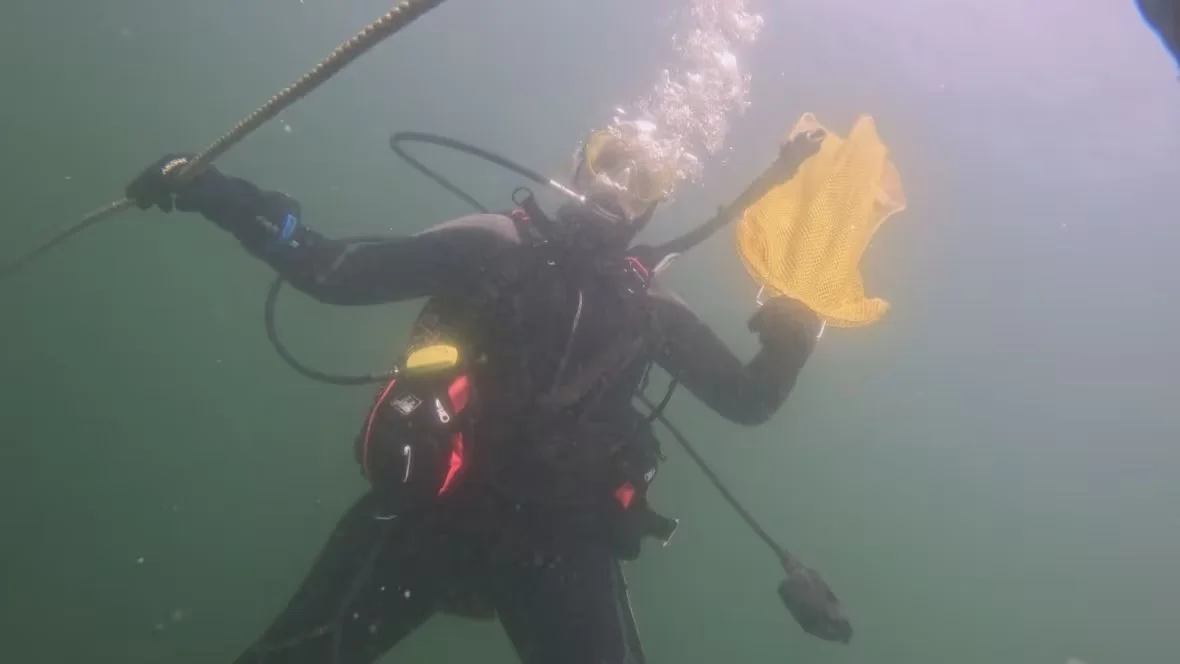
A diver in Shediac Bay heading down to the artificial reef. (Submitted by Homarus Inc./ Maritime Fishermen's Union)
He said artificial reefs don't increase the number of lobster in the area but "gives them more area where they can hide and basically live."
"It gives them habitat so they're going to stay, stick around more."
He said Homarus is working with the fishermen to find areas suitable for artificial reefs.
"We need to inspect those bottoms first to really say yes, it's suited for that type of project or it's not."
Dupuis said in order to install more artificial reefs, they have to complete an underwater survey, using videos and pictures, and submit an application to Fisheries and Oceans with the co-ordinates of the proposed site.
DFO makes the final decision whether the project can go ahead.
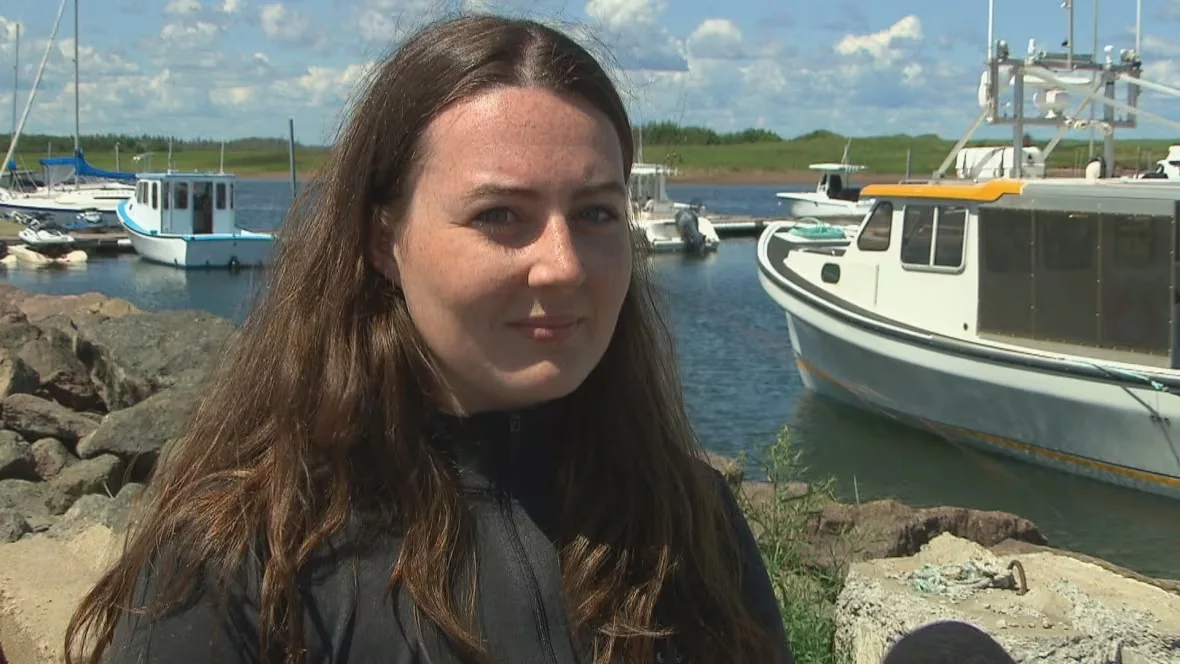
Meghan Fraser, a research technician with Homarus and a member of the dive team, says it's beautiful to see marine life thriving on the reef. (Ian Bonnell/CBC)
Fraser said when they dove to the site of the reef in Shediac Bay and saw the variety of marine life it was "kind of like Christmas morning."
"You get to see all the fish. Everything is beautiful," she said.
"When you get to see fish and the lobster and the crab and everybody and they're just kind of hanging out, you could really sit at the bottom for hours and just watch it."
Fraser said it's like watching a live version of the aquarium channel.
"It's kind of amazing," she said. "Sometimes you're just like, wow, how beautiful."
WATCH: Scientists freeze Great Barrier Reef coral for first time
Thumbnail courtesy of Homarus Inc./Maritime Fishermen's Union via CBC.
The story was written by Maeve McFadden and originally published for CBC News.









